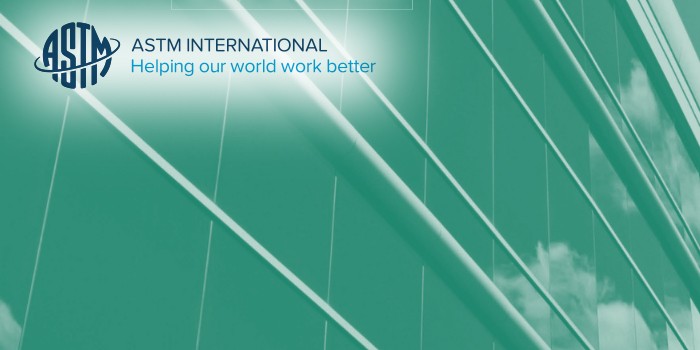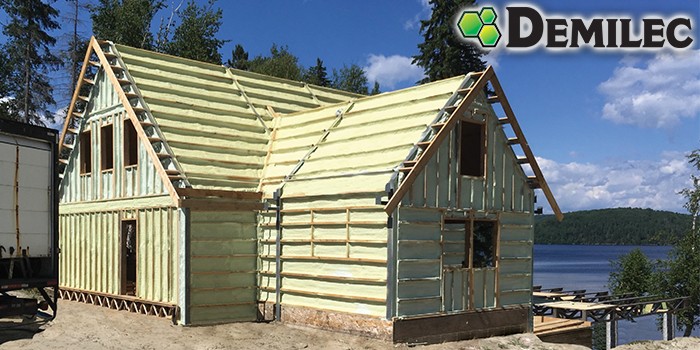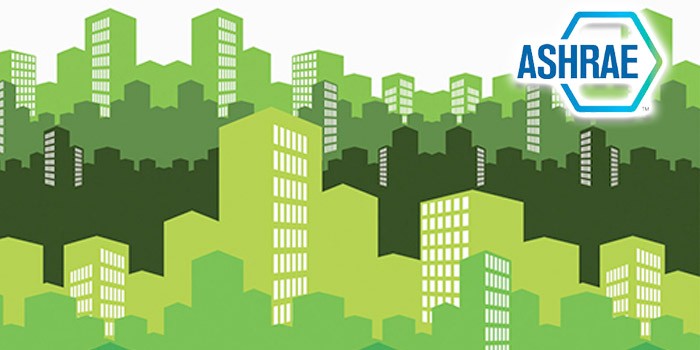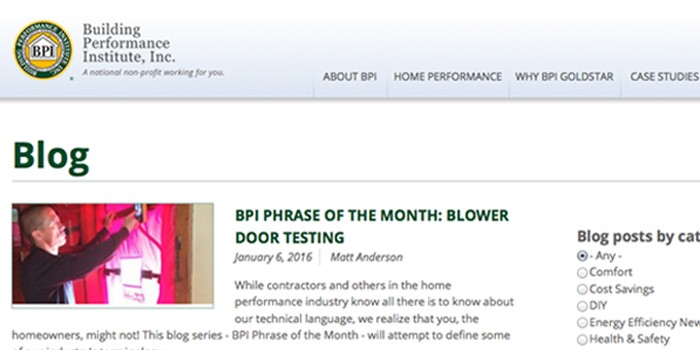ASTM International Approves First Standard for Hygrothermal Models to Manage Building Heat and Moisture

WEST CONSHOHOCKEN, PA – April 15, 2016 – ASTM International has developed a standard that will allow engineers to effectively use hygrothermal models, a type of mathematical model that helps manage heat and moisture flow in buildings.
The new standard (soon to be published as E3054, Guide for Documentation of Hygrothermal Models for Moisture Control Design in Building Envelopes) is the first of several that will provide guidance for hygrothermal modeling for the construction design community. Specifically, this standard helps predict and evaluate design considerations of short-term and long-term thermal and moisture performance of building envelopes.
According to ASTM member Mikael Salonvaara, Owens Corning Sustainability, the new standard will allow for differentiation in the marketplace for various levels of analysis based on the methodology and tools used to assess heat and moisture in building envelopes, which are essential to maintain a dry, heated or cooled indoor environment.
RELATED BPI Launches Homeowner Blog, New Study Suggests Strong Outlook for Green Homes, BPI and ICC Introduce Co-Branded Building Science Principles (BSP) Reference Guide
The new guide applies to the use of models that include all or part of the following thermal and moisture storage and transport issues:
• Heat storage of dry and wet building materials;
• Heat transport by moisture-dependent thermal conduction;
• Phase change phenomena (such as evaporation and condensation);
• Heat transport by air convection;
• Moisture retention by vapor adsorption and capillary forces;
• Moisture transport by vapor diffusion (molecular and effusion);
• Moisture transport by liquid transport (surface diffusion and capillary flow); and,
• Moisture (vapor) transport by air convection.
Interested parties are invited to participate as ASTM’s Performance of Buildings committee (E06) develops additional standards in the hygrothermal area that will address interior and exterior loads, as well as input parameters. Experts in material sciences are particular encouraged to join for upcoming discussions on durability factors and response of construction materials.
For more news in this sector, visit http://www.astm.org/sn-construction.
The new standard (soon to be published as E3054, Guide for Documentation of Hygrothermal Models for Moisture Control Design in Building Envelopes) is the first of several that will provide guidance for hygrothermal modeling for the construction design community. Specifically, this standard helps predict and evaluate design considerations of short-term and long-term thermal and moisture performance of building envelopes.
According to ASTM member Mikael Salonvaara, Owens Corning Sustainability, the new standard will allow for differentiation in the marketplace for various levels of analysis based on the methodology and tools used to assess heat and moisture in building envelopes, which are essential to maintain a dry, heated or cooled indoor environment.
RELATED BPI Launches Homeowner Blog, New Study Suggests Strong Outlook for Green Homes, BPI and ICC Introduce Co-Branded Building Science Principles (BSP) Reference Guide
The new guide applies to the use of models that include all or part of the following thermal and moisture storage and transport issues:
• Heat storage of dry and wet building materials;
• Heat transport by moisture-dependent thermal conduction;
• Phase change phenomena (such as evaporation and condensation);
• Heat transport by air convection;
• Moisture retention by vapor adsorption and capillary forces;
• Moisture transport by vapor diffusion (molecular and effusion);
• Moisture transport by liquid transport (surface diffusion and capillary flow); and,
• Moisture (vapor) transport by air convection.
Interested parties are invited to participate as ASTM’s Performance of Buildings committee (E06) develops additional standards in the hygrothermal area that will address interior and exterior loads, as well as input parameters. Experts in material sciences are particular encouraged to join for upcoming discussions on durability factors and response of construction materials.
For more news in this sector, visit http://www.astm.org/sn-construction.
Disqus website name not provided.









































